Finance Commissions of India I to XII (1952-57 to 2005-10)
Synopsis
Center-State financial relations in India us a subject of topical interest in view of some recent developments of historical importance. The passage of the Constitution (Seventy-third Amendment) Act, 1992 marked a watershed in the history of modern India. With this amendment, a uniform structure of panchayats has emerged throughout the country. Similarly, the passage of the Constitution (Seventy-fourth Amendment) Act, 1992 was a landmark in the history of municipal administration in India. In short, panchayats and municipalities are now constitutional bodies forming third tier to the federal polity of India. India’s decentralization initiative, in the form of Seventy-third and Seventy-fourth amendments, poses challenges and offers opportunities. Similarly, The Constitution Act, 2000, significantly changed the manner of distribution of Central tax collections between the Central and State Governments. Prior to Constitution Act, 2000, income tax and Union excise duties were the only taxes shared with the States. T he aforesaid amendment altered the pattern of sharing of Central taxes between the Centre and the States by providing for the sharing of the net proceeds of all Union taxes and duties with the States. Furthermore, the Constitution Act, 2003, has included ‘taxes on services’ under entry 92C in the Union List (List 1) in the Seventh Schedule of the Constitution. Part I of this provides a detailed description and analysis of the evolution and the present nature of Centre-State financial relations in India. It examines the existing constitutional arrangements for intergovernmental financial transfers, the role of the Finance Commission and the Planning Commission in effecting these transfers, particularly the principles followed by these agencies to reduce vertical and horizontal imbalances in the availability of resources to various tiers agencies to reduce vertical and horizontal imbalances in the availability of resources to various tiers of Government in India. Part II of the book reproduces extracts from the reports of Finance Commissions constituted by the Government of India from time to time. Twelve Finance Commissions have reported so far. This volume covers all of them. Part III contains time-series data on tax revenues of Central and State Governments in India. It would be useful for a cross-section of academic community and researchers, both in India and abroad. Part IV consists of 6 Appendices which provide supplementary information related to the topic. Part V contains glossary of fiscal terms. This work, it is hoped, would prove useful for the students of economics, commerce, public administration and business management. An understanding of the mechanics of intergovernmental financial transactions will also serve the needs of legislators, administrators and those in industry and trade.
Read more
84.60
76.14
$
94.00 $
Free delivery Wolrdwidе in 10-18 days
Ships in 1-2 days from New Delhi
Membership for 1 Year $35.00
Get it now and save 10%
Get it now and save 10%
BECOME A MEMBER
Books by the same author

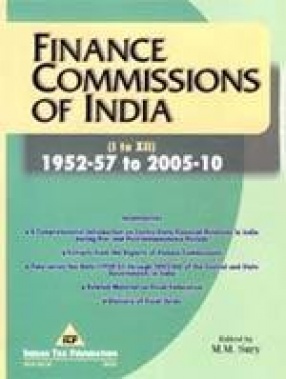
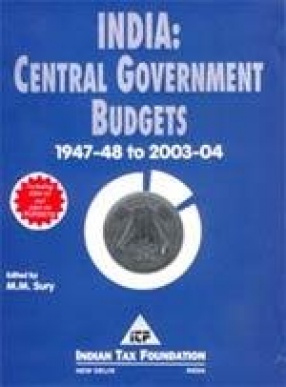
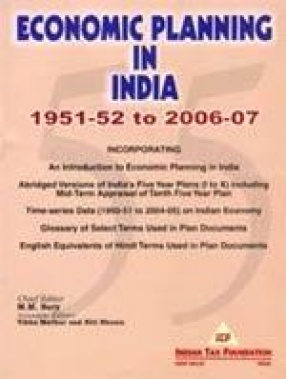
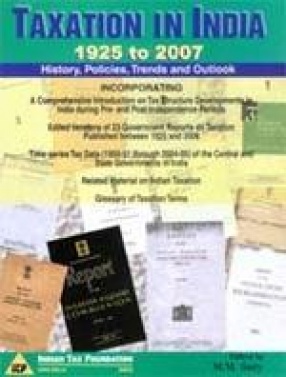
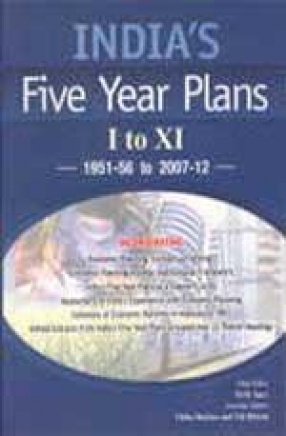





Bibliographic information